

A Região do Sisal is located in one of the most poverty-stricken areas of the State of Bahia and this crop is one of the main means of employment and income for more than 35 thousand agricultural producers and for workers in the Batteries and Factories installed in the region, being that it is estimated that 1/3 of the inhabitants (400 to 500 thousand) live thanks to sisal, according to a July 2016 estimate presented by CONAB (National Supply Company). Sisaex is proud to be part of this sector, purchasing thousands of tons of sisal per year from various suppliers in the region and helping to generate income and employment for the people within the production chain. Our company directly employs hundreds of employees who live in the city of its headquarters in Conceição do Coité and in surrounding cities working in our Sisal Fiber Beneficiary (Mixer) and in our Sisal Baler, Yarn and Rope Industry. Sisal is a Agave Sisalana plant planted mainly in the lands of the Northeastern hinterland and has 100% natural extraction. The products they generate do not harm the environment as they are biodegradable and are an important substitute for synthetics, whether in the field, at sea or in our home gardens. The environmental problems that challenge the world today force the need for changes in attitudes that guarantee a greener and cleaner future for this and future generations. Alternatives for natural and less polluting products are growing around the world. Government requirements and environmental organizations are managing to propagate this new reality, leading companies and, mainly, end consumers to search for environmentally friendly products.
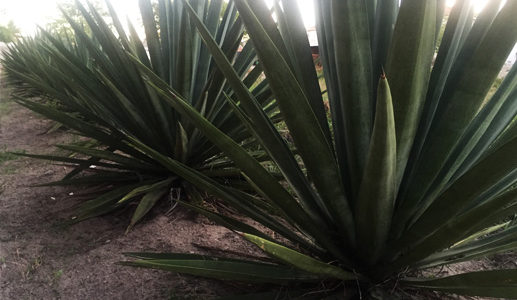
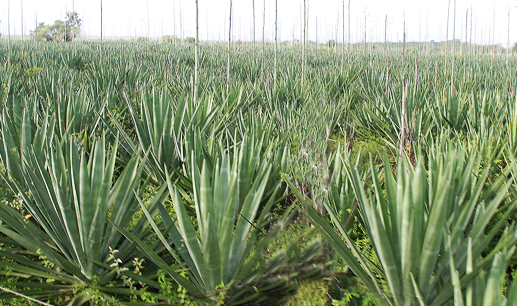
Plantations in Brazil are carried out in small sisal fields belonging to several rural producers and spread across the region. Despite the semi-arid climate, the plants are resistant to sporadic rains and can be harvested almost throughout the year.
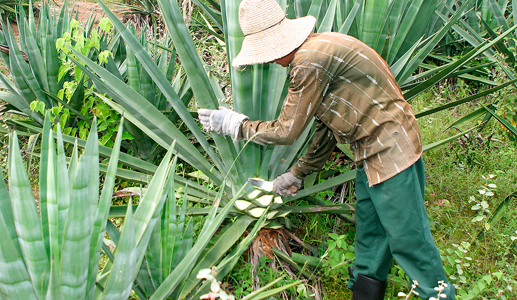
After 48 months of planting, it is possible to make the first cut of the sisal leaves, allowing between 50 and 70 leaves to be removed per plant. From this first cut, around 30% of the leaves are not used for ropemaking. From the second cut, which will take place between 9 and 12 months after the first cut, around 30 leaves are removed.
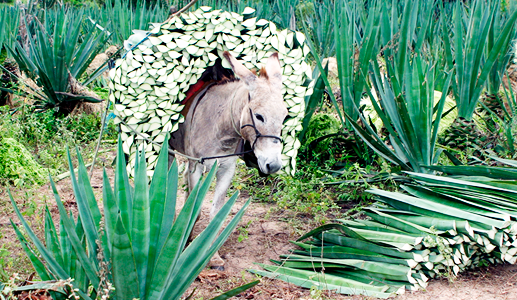
The main means of transport for rural people for decades, the donkey is still used in the fields to carry the leaves removed from the plants to the shredder. Through the “sisal engine” the leaf pulp is removed, leaving only the fiber that will be sold.
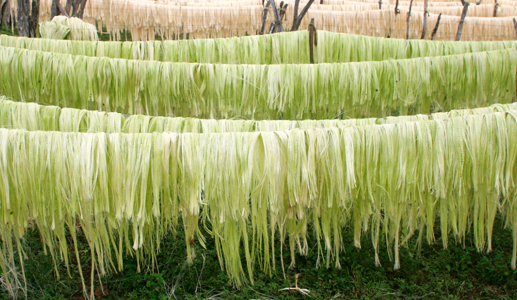
After shredding, the sisal is taken to the shipyard where it is stretched onto wires so that it can be dried in the sun. After a period of around 8 hours, the fibers have lower humidity and the appropriate color to be tied and sold.
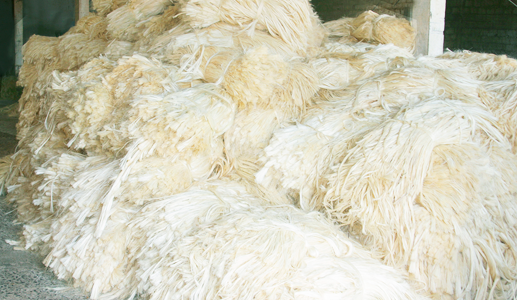
The already tied fibers are collected from the various fields and transported in trucks to the centers where the sisal mixer that has already negotiated the purchase is located. The beaters check the moisture and classify the fiber before discharging it into their warehouses.